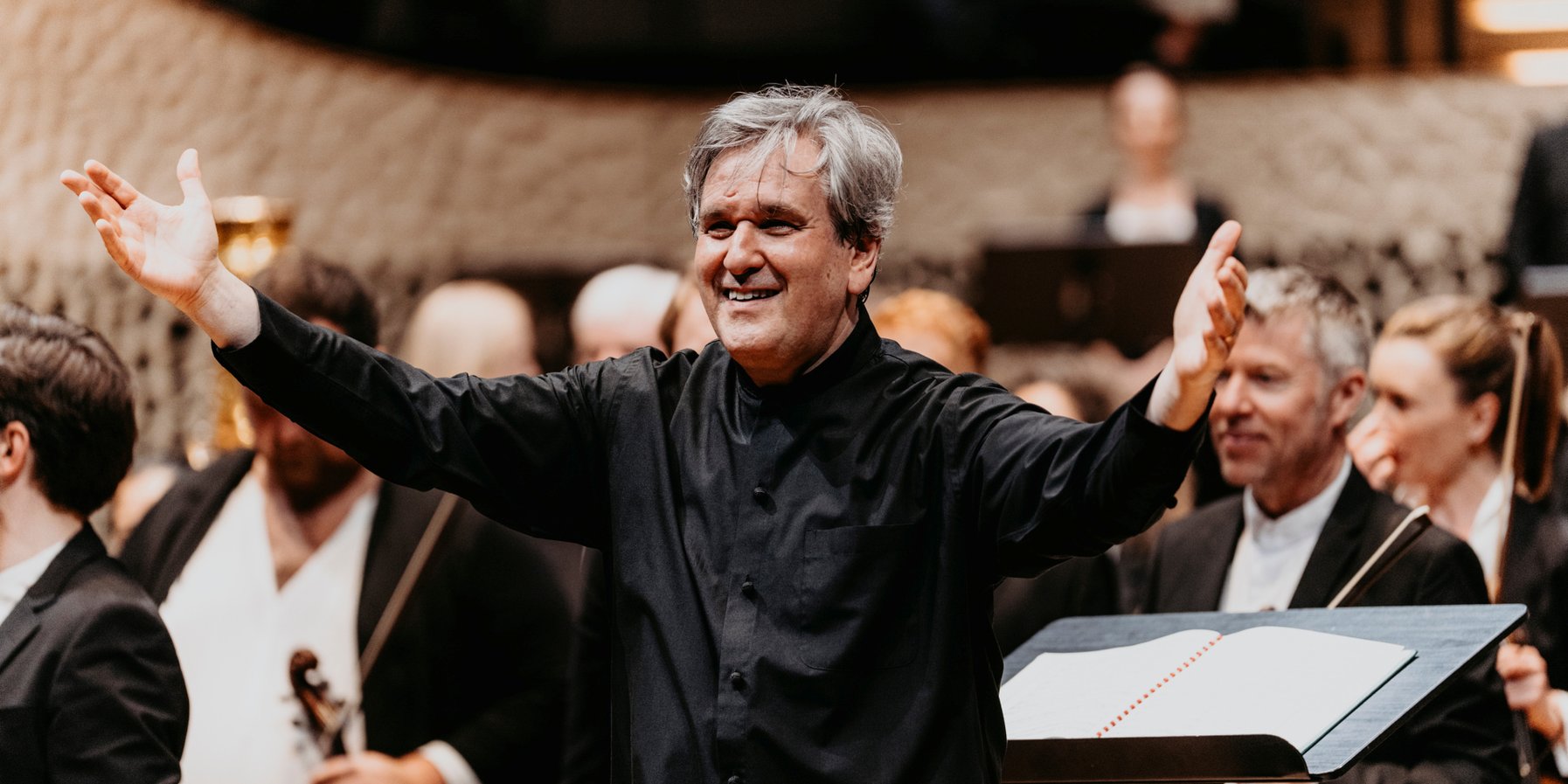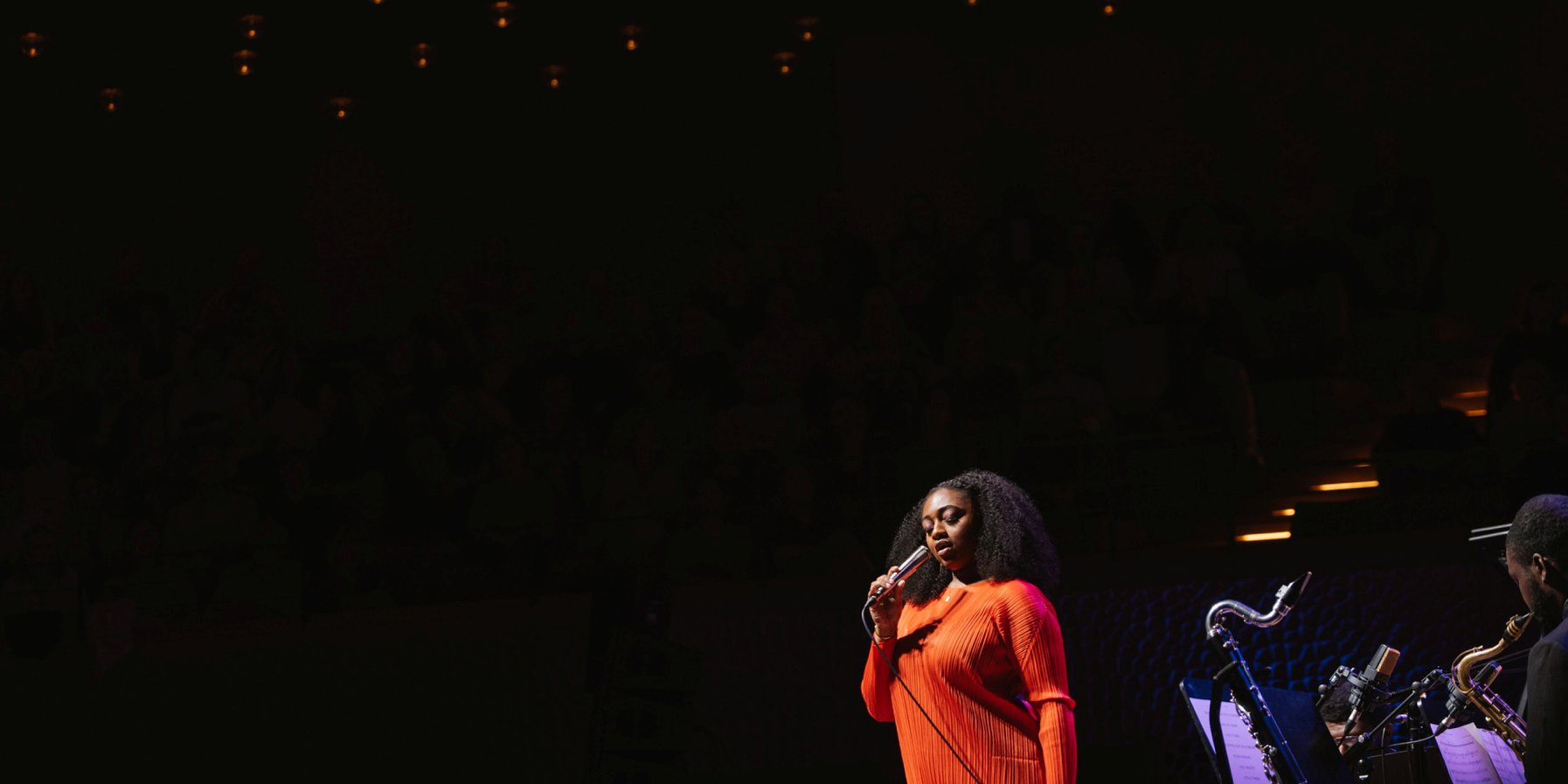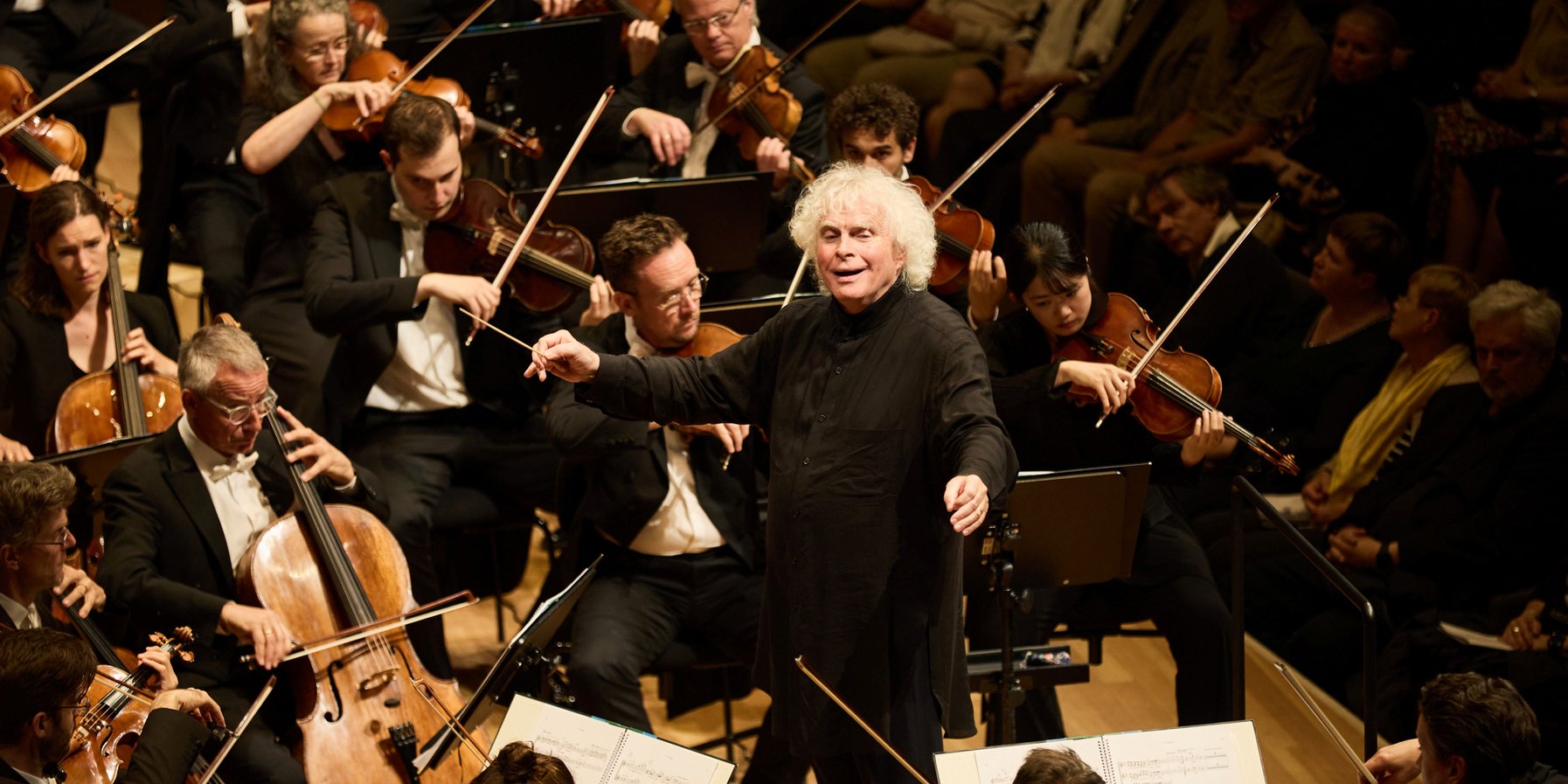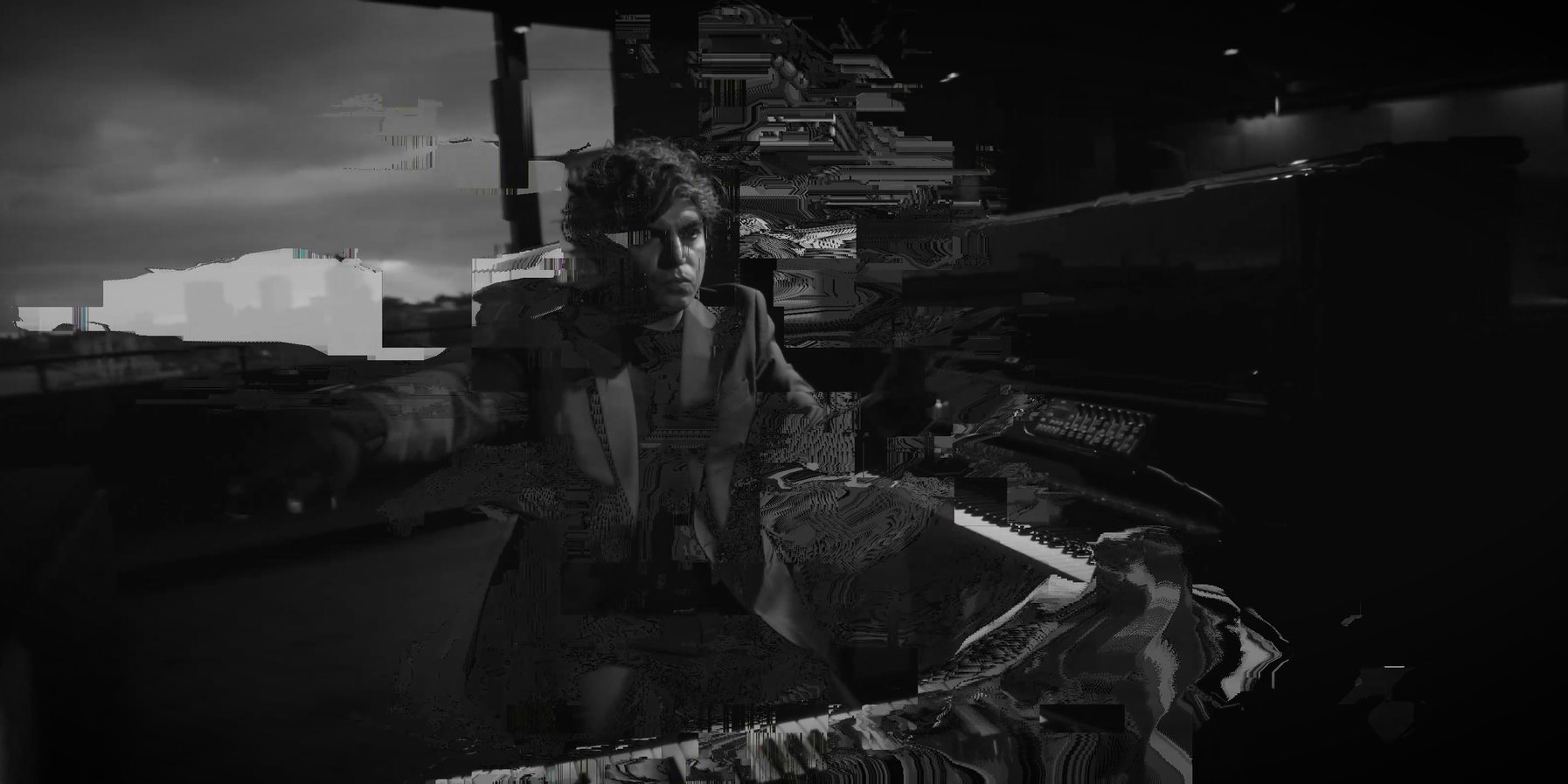The Grand Hall organ honours the idea of the Elbphilharmonie as a »concert hall for everyone«: rather than towering high up and out of reach, it is built into and around the terraced rows of seats, and is elegantly integrated into the architecture. Feeling and touching are expressly allowed! The surface of the pipes is coated with a custom-made protective layer to ensure they remain in optimal condition.
The sound of an organ is produced by the air flowing through the pipes. From the organ console, the organist can »pull out« individual stops to switch ranks on or off, producing different timbres. When playing, the organist can choose from several manuals – i.e. keyboards – and sets of pedals, which are played using the feet.
The Elbphilharmonie organ was built by the renowned Bonn-based organ building company Klais, and has 69 stops. There are also four registers integrated into the reflector above the stage.
In addition to the mechanical console located directly in front of the instrument, the Elbphilharmonie’s organ can also be played from a mobile console that is pushed onto the stage for concerts.
The Elbphilharmonie organ is made up of almost 5,000 pipes, varying in length from 11 millimetres to more than 10 metres. Most of the pipes are made of tin: around 400 of them are made of wood, some of which is more than 180 years old, guaranteeing outstanding, long-lasting quality.
From »cutting, smoky« to »bell-like, iridescent«: the tones of the Elbphilharmonie organ are manifold and create a warm sound that fills the Grand Hall. This organ is optimised for music from the 19th century onwards and for the requirements of contemporary music. The Elbphilharmonie’s titular organist is the Latvian star organist Iveta Apkalna.


























































